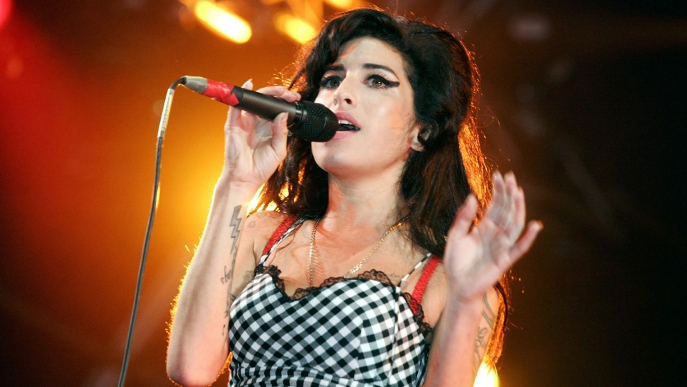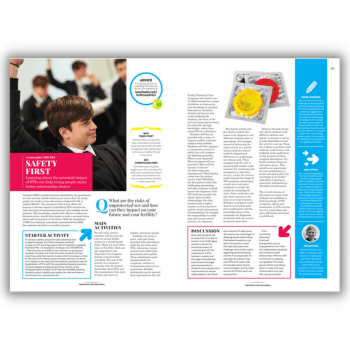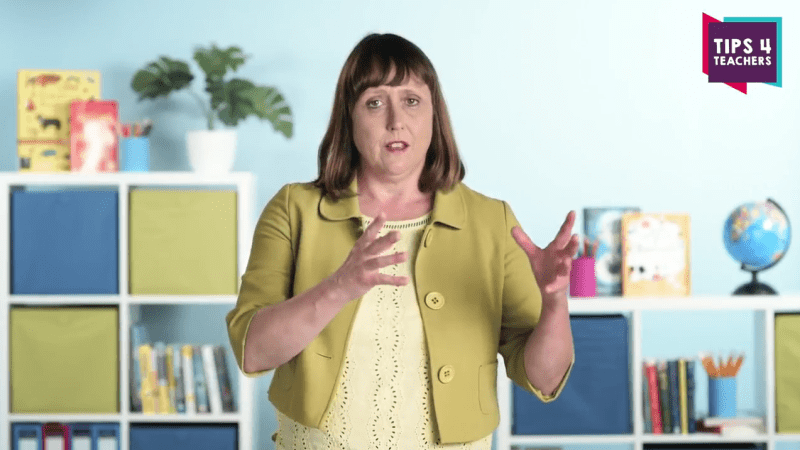3 movies to support mental health and wellbeing in your classroom

How a talented musician, an unlikely friendship and an imaginary bunny rabbit can help your students…

- by Into Film

It’s estimated that as many as 10% of children aged 5-16 years have a clinically diagnosable mental health problem; yet 70% of adolescents who experience such issues will not have had appropriate interventions at a sufficiently early age.
Talking to young people about mental health and related issues is essential to reduce stigma, support those who experience short or long term problems, and – equally importantly – encourage positive mental health and wellbeing so that problems are less likely to develop.
Film is an ideal means of breaking the ice and starting the conversation. Into Film has a great selection of titles and resources which address this sensitive subject; movies are available free to all schools with an Into Film Club.
Titles for secondary include Moonrise Kingdom (12), Short Term 12 (15), Benny and Joon (12), A Beautiful Mind (12), Love and Mercy (12A), What’s Eating Gilbert Grape (12), Silver Linings Playbook, (15), Submarine (15) and Amy (15).
The organisation’s ‘Wellbeing – A Guide to Risky Behaviour’ resource uses selected films and activities to give young people a chance to discuss, in a non-personal, non-judgemental way, issues such as smoking, sex and relationships, drinking alcohol and taking illegal drugs. Also on offer are films and film-based resources that can be used to explore themes of bullying, identity, belonging and integration, disability and LGBT.
Here are three films Into Film recommends for opening up discussions on mental health.
Harvey (U, 11+)
An invisible white rabbit named Harvey is the unlikely hero of this 1950s comedy. He’s the best friend of Elwood P Dowd, a good-natured drunk whose family is trying to have him committed at the local asylum.
This deceptively lighthearted film is built around the whimsical conceit of Elwood’s friendship with Harvey – but it still has a lot to say about family, society, and what it is to be lonely.
- What effect do Elwood and Harvey (together, and separately) have on people throughout the film? How do your first impressions change?
- Why does Elwood’s sister Vita want to have him locked away? What realisation does she come to by the end of the film?
- How is mental health care represented in the film? Consider the mix-up when Vita attempts to have Elwood committed, and the dynamics between Miss Kelly and Dr Sanderson, as well as the role of Dr Chumley. Why do you think the filmmakers chose to make a comedy for this theme?
Review starter
Elwood P Dowd is a mild-mannered man whose choice of company – a large white rabbit named Harvey – represents an inconvenience for his sister.
Mary and Max (12, 11+)
Neglected by her alcoholic mother, eight-year-old Mary Daisy Dinkle is desperate for company. Picking a name at random from a directory, she becomes unlikely pen pals with Max Jeremy Horowitz – a depressed, obese 44-year-old who has Asperger’s Syndrome. A touching correspondence of 20 years ensues in this unforgettable full-length claymation.
- Why do you think Mary’s world was brown and Max’s was black and white? What moments of colour were there, and why do you think this was?
- How was Mary described at the opening of the film? How do you think her self-esteem affected her actions?
- What was Max’s reaction to his diagnosis of Asperger’s Syndrome? Why was he so upset by Mary’s book, and how did he overcome these feelings?
Review starter
Lonely Mary is desperate for a friend, and when one day she sends a letter to a total stranger, she makes a much bigger impact on both their lives than she bargained for.
Amy (15, 14+)
This remarkable documentary tells the life story of the late singer/songwriter Amy Winehouse. Using a variety of film footage, we are with Amy from shy young teenager awkwardly messing around at parties, to international sensation and her struggles with fame, eating disorders and addiction.
Her extraordinary voice is heard throughout, resulting in a sombre, but heartfelt tribute to one of the most significant cultural figures of the 21st century.
- The film contains interviews with a range of people close to Amy. How does the overall portrait of her compare to the image typically put forward in the media?
- How did the film represent the warning signs that Amy’s mental and physical health was on the decline? How were these responded to by Amy and the people around her? Do you think there is any judgement implied in the portrayal of events?
- We learn in the film that Amy never wanted to be famous. Are we right to hold celebrities up as role models? Do we have a right to know about their private lives? What effect can media attention have on the person in the spotlight?
Review starter
Talented artist Amy Winehouse made a huge impression on the world with her soulful music, but the effect of her fame was difficult to handle.
Into Film is a UK-wide organisation which puts film at the heart of young people’s education and personal development, through a network of extra-curricular film clubs, curriculum-linked and enrichment teaching resources, filmmaking opportunities, educator training, a free cinema based youth film festival, and annual awards. For information or to start a free Into Film Club, download resources or sign up for free training visit intofilm.org.











